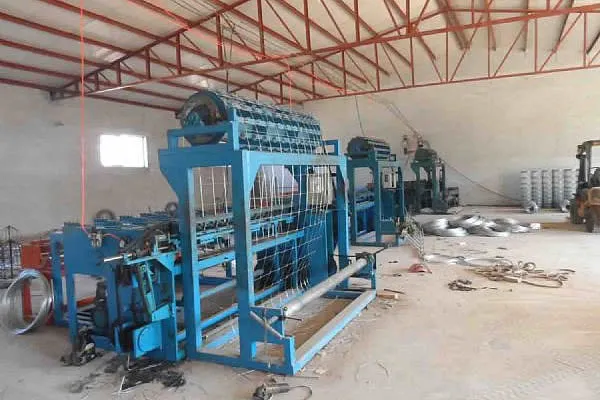 TEL:
+86-13102802206
TEL:
+86-13102802206
 Email:
fencenetting@china.com
Email:
fencenetting@china.com
 Language
Language
 TEL:
+86-13102802206
TEL:
+86-13102802206
 Email:
fencenetting@china.com
Email:
fencenetting@china.com
 Language
Language


The Versatility and Strength of 3% 208% Braided Steel Cable
In the world of construction, engineering, and various industrial applications, the material used can significantly affect the project’s success and safety. One such material that has gained immense popularity for its superior strength and versatility is the braided steel cable, specifically those characterized by a unique specification like 3% 208%. This type of cable is becoming increasingly critical in numerous applications, ranging from heavy lifting operations to intricate rigging setups.
Understanding Braided Steel Cable
Braided steel cables are manufactured by weaving together multiple strands of steel wire to create a rope-like structure. This composite formation enhances the cable's flexibility and tensile strength, making it ideal for applications where high durability is essential. The designation 3% 208% refers to specific properties of the cable in terms of load-bearing capacity and structural integrity. In this context, 3% might indicate a specific design or strength factor while 208% could denote the cable's maximum load capacity relative to its original specifications.
The inherent design of braided steel cables allows them to absorb shocks and tensions more effectively than traditional solid cables. This feature is particularly beneficial in applications where dynamic forces are present, such as in lifting and rigging tasks. Additionally, the braided structure helps prevent fraying and ensures that if one strand were to fail, the rest of the cable would still maintain its integrity, offering added safety to users.
Applications of 3% 208% Braided Steel Cable
The applications of this type of braided steel cable are vast and varied. In construction, cranes use braided steel cables for lifting heavy materials. The high tensile strength ensures the safe and efficient movement of loads, significantly enhancing productivity on worksites. Moreover, the flexibility of such cables allows them to navigate around obstacles and complex structures, making them indispensable for modern construction challenges.

In maritime industries, ships and offshore operations rely on braided steel cables for mooring, towing, and lifting equipment. The marine environment poses unique challenges, including corrosion and exposure to harsh weather conditions. However, the durable nature of 3% 208% braided steel cables means that they can withstand these conditions better than many alternatives, ensuring reliable performance in critical situations.
The automotive and aerospace industries also utilize braided steel cables for various applications. In these fields, precision and reliability are paramount. For instance, braided steel cables are used in aircraft control systems and high-performance vehicles' suspension systems. The ability to absorb shocks and stresses while maintaining a lightweight profile makes these cables an ideal choice for enhancing safety and performance.
Advantages of Braided Steel Cables
One of the primary advantages of 3% 208% braided steel cables is their impressive tensile strength, which often exceeds that of comparable materials. This attribute allows for the safe handling of heavier loads without the risk of breakage. Moreover, the design of the cable permits greater flexibility, enabling it to be used in tight spaces and intricate rigging systems without compromising performance.
Another significant advantage is the durability of braided steel cables. Their resistance to wear, abrasion, and environmental factors extends their lifespan and reduces the need for frequent replacements. This durability translates to cost savings over time, as businesses can allocate their budgets more effectively by investing in high-quality materials that minimize downtime.
Conclusion
In summary, the 3% 208% braided steel cable emerges as a vital component in various industries, offering a combination of strength, flexibility, and durability. The unique specification highlights its ability to withstand substantial loads while maintaining performance in demanding environments. As industries continue to evolve and face new challenges, the reliance on advanced materials like braided steel cables will undoubtedly increase. In a world where safety and efficiency are paramount, investing in high-quality braided steel cables is not just a choice; it is an imperative for success. Whether in construction, maritime activities, or innovative automotive designs, the future is indeed bright for braided steel cables, paving the way for safer and more efficient operations across multiple sectors.